While renowned for boasting the world’s highest rooftop PV penetration per capita, Australia still lags in installed large-scale solar PV capacity against comparable international markets. According to data released by Wiki-Solar, a compiler of utility-scale solar PV deployment data, Australia ranks 24th in the world, with 14 plants bigger than 4 MW at the end of 2017 and a cumulative capacity of 301 MW. However, the nation is well-placed to rise into the top 15 in the current year as a large number of projects come on line.
With only four projects greater than 5 MW commissioned and a further four under construction back in 2016, the Australian Renewable Energy Agency (ARENA) initiated a big solar revolution, providing AUS$91.7 million in grant funding towards 12 projects in the states of New South Wales (NSW), Queensland and Western Australia. A perfect score was posted last year when all of the projects, with the accumulated capacity of 482 MW, reached financial close.
Meanwhile, the market continued to pick up pace as the economics improved, and the cost gap between large-scale solar and other commercially competitive forms of power generation, including wind energy, narrowed. This allowed retailers to turn increasingly to PV, seeking to reap the benefits of high Large-scale Generation Certificate (LGC) prices, which soared last year and now stand at around AUD$85.
Following a 2017 final surrender, the Clean Energy Regulator (CER) reported a surplus of 9.4 million LGCs, which is down from the 13.4 million that remained in the market in the previous year, indicating a further shift from an earlier oversupply that left some scrambling to find certificates in the market.
The CER expects to see a significant increase in LGCs supplied to the market in 2018 and 2019 from new generation sources, leading to further moderation of spot prices for certificates, and notes that the surge in new large-scale renewable energy capacity is in excess of the capacity required to meet the RET.
What 2018 brings
When it comes to this year’s large-scale solar deployment, the most optimistic among 2018 forecasts comes from the Smart Energy Council, which estimates that the nation’s large-scale solar capacity is set to soar by 2.5 to 3.5 GW, with nearly 30 new solar farms scheduled to come online this year alone, the majority in Queensland and NSW.
Noting that its measures are slightly conservative, the Clean Energy Council (CEC) says that there is a total of 2.23 GW locked in, which means either under construction or with finance secured, on top of which there are plenty of other projects underway, including 11 solar farms approved in NSW in the last 12 months. The Council slices the number up as follows: Queensland 1,020.5 MW; South Australia 656 MW; Victoria 333 MW; NSW 203.4 MW, and Western Australia 20 MW.
“We expect 2.16 GWac of utility-scale solar to be commissioned in Australia in 2018,“ says Ben Willacy, Senior Analyst at Rystad Energy’s Sustainable Energy Research Analytics (SERA). “This could be higher: risks on the upside include projects advancing faster through the permitting and financing stages than we currently anticipate. Likewise, project delays are a key downside risk to our expectation.”
SERA also bets on Queensland’s overwhelming dominance in 2018 with 1.26 GWac. Furthermore, in comparison to the CEC, it has higher expectations of NSW (375 MW) and Western Australia (42 MW), and lower of Victoria (248 MW) and South Australia (225 MW).
“The leading developers include FRV, Canadian Solar, Neoen and Lyon Group,“ says the CEC. Meanwhile, Rystad Energy states that the 2018 top five projects owners, which does not necessarily mean developers, in order of capacity are: WIRSOL, Neoen, Blackrock, DIF, and Lighthouse Infrastructure.
In the EPC market, competition is heating up with 14 companies actively building at scale this year. Namely, despite a surge in projects entering the pipeline, pressure for lower PPAs and cheaper solar, coupled with a number of upward cost drivers affecting the EPC market (including panel prices, labor costs and grid connection) have resulted in a margin squeeze for EPC providers. According to SERA, the market leaders for projects commissioning in 2018 include three domestic engineering firms based in Sydney: RCR Tomlinson, Downer, and UGL, along with Madrid-based Elecnor and Paris-based Bouygues.
Among the off-takers, Australian energy retailers are actively signing PPAs in order to meet their obligations under the RET. Meanwhile smaller electricity companies are gaining ground, such as green energy-oriented Powershop Australia, which has signed a huge deal for the output of a 200 MW solar farm and two big wind farms, and thereby doubling its existing customer base.
“We track 13 companies that have signed off-take arrangements for solar projects starting in 2018” says Willacy, adding that unsurprisingly the top off-takers are a selection of major retailers: Origin Energy, EnergyAustralia, Alinta Energy and Ergon Energy.”
With the rapid expansion of the sector, quality could be at stake, particularly if unexperienced construction teams rush to meet deadlines. So far, however, no deterioration of project quality has been reported.
“While there is a push to reduce costs across the board, the involvement of some of Australia’s biggest engineering firms, such as Downer, Catcon, and also Fulton Hogan, helps to ensure that quality remains high in the industry” says Mark Bretherton, spokesperson of the CEC, which has tightened technical standards and quality testing in the first two months of 2018, suspending or delisting eight solar suppliers and a total of 156 PV module or inverter models.
What lies beyond
As suggested by the vast number of projects at the early stages, solar farms will continue to proliferate across Australia beyond 2018. Moreover, there is every likelihood that more renewable energy will be built than required by the RET. According to Australian solar consultancy SunWiz, if every PV project proposed were to proceed, they would generate a combined 34.5 GWh or more per year, and thus solar power would be sufficient to meet the 2020 RET on its own.
However, the dynamics will inevitably change once the 33,000 GWh target is met. Considering the growing confidence to invest in renewable energy, initially triggered by the high LGCs prices, but now evident in the large-scale pipeline, such as the one taking shape in NSW that will be beyond the RET, the market could drop off for a while in 2020, but the buildout is most likely to continue being fueled by other drivers.
“Over the medium to long term, the retirement of coal-fired power stations will provide a strong demand pull for new generation, which solar (and storage) will be well placed to fill. Over the near term, post-RET, retailers may have less of an incentive to invest in additional utility-scale solar, but we expect industrial users and large corporates to increasingly recognize the cost benefits of solar, and to build dedicated facilities and/or engage in corporate PPAs,“ says Willacy.
Once the 2020 RET is reached, power stations accredited under the RET scheme will continue to create and trade LGCs until the scheme’s closure at the end of 2030. Meanwhile, the Emissions Requirement of the proposed National Energy Guarantee (NEG), which at the outset will be consistent with the RET target (26% below 2005 levels by 2030), is looking to come into force on 1 January 2020, with the goal to impose a reliability obligation and an emissions reduction on energy retailers.
“The renewable energy industry remains open-minded about the potential of the NEG proposed by the federal government, but there is a lot of detail to be filled in before we will be convinced that the policy is the right one for our industry,“ says Bretherton, noting that currently a range of state-based renewable energy policies and corporate PPAs are helping to provide ongoing demand for new renewables like solar and wind.
However, mounting criticism has been leveled at Malcolm Turnbull’s decision to turn away from deploying a clean energy target recommended by Australia’s chief scientist, Alan Finkel, and call for the NEG, the full details of which are yet to be delivered by the newly-formed Energy Security Board in April.
The proposal has already been denounced by retailers, analysts and leading developers of battery storage, includingTesla and Genex, for putting a freeze on renewable energy investment, while pushing up electricity prices through a reliability obligation, which could reinforce the position of bigger retailers. Despite the backlash, the NEG irrefutably got a step closer to implementation with the departure of chief opponent to the Coalition’s policy, Jay Weatherill, as the South Australian premier.
Meanwhile, merchant development is gathering pace, indicating the attractive economics of large-scale solar in Australia. A number of projects developed on the basis of LGC revenue and wholesale electricity prices are currently in various stages across the country, including the two-phase 128 MW Sun Brilliance project, touted as Australia’s largest merchant PV power plant.
Although merchant projects have typically been difficult to finance in Australia, given the risk around future energy prices and the requirement from most major Australian lenders for a PPA, the market now seems to have found the way to access funds for projects without an off-take partner.
“More projects are starting to proceed on a merchant basis, often as a result of accessing funds from overseas in the form of private equity. We consider breakeven prices for utility-scale solar are at or below current spot prices for electricity in most states, which is the key driver for merchant development,“ says Willacy.
This content is protected by copyright and may not be reused. If you want to cooperate with us and would like to reuse some of our content, please contact: editors@pv-magazine.com.
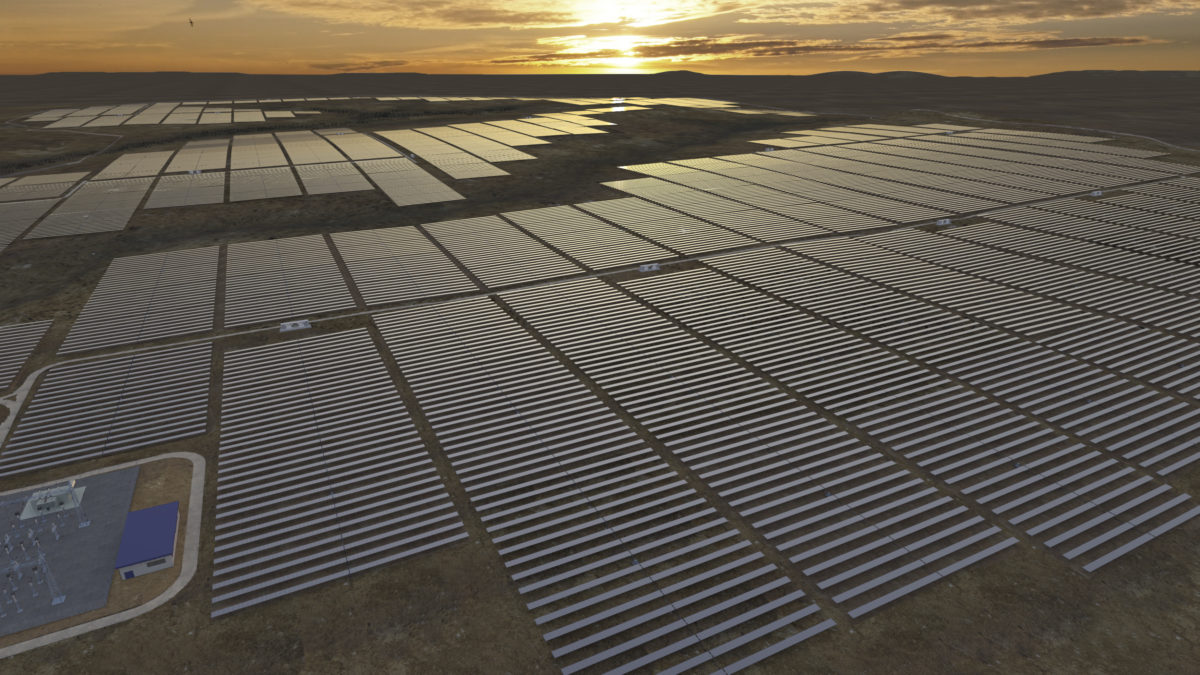


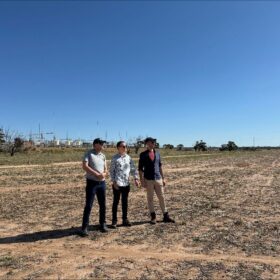
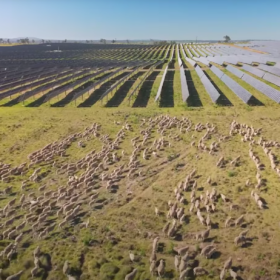
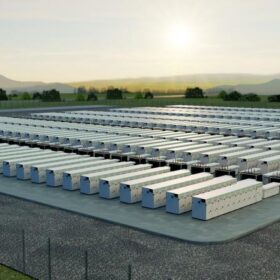
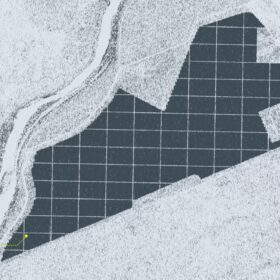
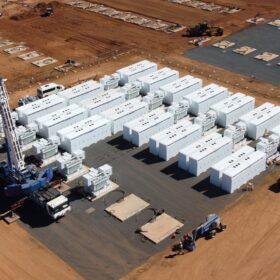
1 comment
By submitting this form you agree to pv magazine using your data for the purposes of publishing your comment.
Your personal data will only be disclosed or otherwise transmitted to third parties for the purposes of spam filtering or if this is necessary for technical maintenance of the website. Any other transfer to third parties will not take place unless this is justified on the basis of applicable data protection regulations or if pv magazine is legally obliged to do so.
You may revoke this consent at any time with effect for the future, in which case your personal data will be deleted immediately. Otherwise, your data will be deleted if pv magazine has processed your request or the purpose of data storage is fulfilled.
Further information on data privacy can be found in our Data Protection Policy.